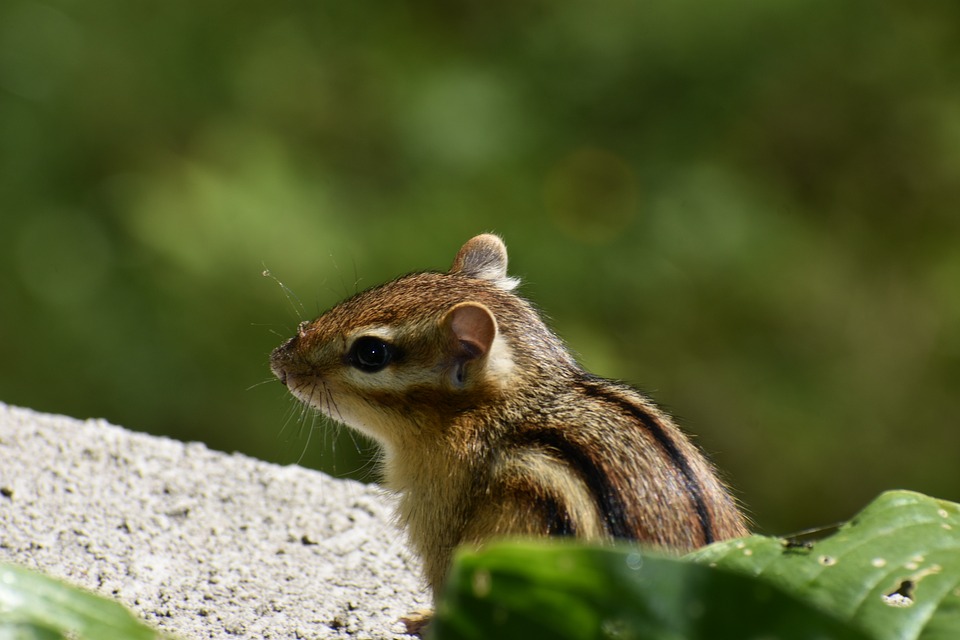Rotifers, the Smallest Animals on Earth, Steal Genes to Fight Pathogens
Bdelloid rotifers are microscopic creatures that thrive in freshwater and moist environments. In these ecosystems, they face relentless attacks from various pathogens, including over 60 species of fungi. These fungi can decimate rotifer populations within weeks, so protection against pathogens is essential. But, unlike most animals, bdelloid rotifers reproduce asexually, so they have limited genetic diversity — which begs the question, how do they develop this protection?
A team from the University of Oxford, the University of Stirling, and the Marine Biological Laboratory (MBL), Woods Hole set out to investigate. They found that rotifers have developed a special type of defense: they activate genes they took from bacteria.
The smallest animals on Earth
Although rotifers are microscopic creatures, they are technically animals. They have a head, mouth, strong teeth, gut, muscles, and nerves like other animals. They’re also quite resilient, able to resist in a dried-out form for thousands of years — scientists have resurrected rotifers frozen for 24,000 years in Siberia.
Rotifers reproduce asexually (from a single parent) and despite having been asexual for millions of years, which usually leads to low diversity, they’ve expanded into more than 450 species. Researchers wanted to see what happens to rotifers when they are exposed to fungal infections.
As it turns out, the tiny animals use specialized genes. Some of these genes produce antibiotics and other antimicrobial agents, providing the rotifers with immune protection. But there’s a catch: it’s not their own genes.
“When we translated the DNA code to see what the stolen genes were doing, we had a surprise,” said lead study author Chris Wilson of University of Oxford. “The main genes were instructions for chemicals that we didn’t think animals could make—they looked like recipes for antibiotics.”
Furthermore, the rotifers seem to be taking these genes and evolving with them, which down the road, could also be useful for us.
“These complex genes—some of which aren’t found in any other animals—were acquired from bacteria but have undergone evolution in rotifers,” said study co-author David Mark Welch, senior scientist and director of the Josephine Bay Paul Center at the Marine Biological Laboratory. “This raises the potential that rotifers are producing novel antimicrobials that may be less toxic to animals, including humans, than those we develop from bacteria and fungi.”
Stealing genes
Horizontal gene transfer (HGT), a process where organisms incorporate genetic material from other species, appears to be a cornerstone of the rotifers’ defense strategy. Bdelloid rotifers possess an extraordinary number of genes acquired from bacteria, fungi, and plants and use HGT to acquire these genes. These foreign genes constitute about 10% of their genome. And this figure is significantly higher than in other animals.
Horizontally acquired genes were over twice as likely to be activated during the fungal challenge compared to other genes. This enrichment was significantly higher than that observed under abiotic stress conditions, such as desiccation. So, it’s not just a reaction to stress, it’s a reaction to infection.
“These strange little animals have copied the DNA that tells microbes how to make antibiotics,” explains Wilson. “We watched them using one of these genes against a disease caused by a fungus, and the animals that survived the infection were producing 10 times more of the chemical recipe than the ones that died, indicating that it helps to suppress the disease.”
The discovery of horizontally acquired genes playing a central role in pathogen defense challenges traditional views of animal evolution. It also highlights the importance of genetic exchange beyond sexual reproduction. It has also been a long-term development since the rotifers seem to be changing some of these genes.
“The recipes the rotifers are using look different from known genes in microbes,” said study author Reuben Nowell of the University of Stirling. “They’re just as long and complicated, but parts of the DNA code have changed. We think the recipe has been altered by a process of evolution to make new and different chemicals in the rotifers. That’s exciting because it might suggest ideas for future medicines.”
New ways to cook antibiotics
For now, it’s unclear whether this approach could also help us humans develop new antibiotics. The antibiotic resistance crisis looms over all of us and we need all the help we can get. But this is still early days for understanding this mechanism. Researchers are more interested in the evolutionary pathway that enabled rotifers to develop this mechanism. Why do they do it while other species don’t?
“We think it might be linked with another strange fact about these rotifers,” said Tim Barraclough, a study co-author from the University of Oxford. “Unlike other animals, we never see male rotifers. Rotifer mothers lay eggs that hatch into genetic copies of themselves, without needing sex or fertilization.” This is not an exaggeration: in some species, rotifer males have never been observed.
For a population that’s so similar genetically, a vulnerability to pathogens means doom.
“If one catches a disease, so will the rest,” explained Barraclough. Because bdelloid rotifers don’t have sex, which allows the parental genes to recombine in beneficial ways, the rotifer mother’s genome is directly transferred to her offspring without introducing any new variation.
“If rotifers don’t find a way to change their genes, they could go extinct. This might help explain why these rotifers have borrowed so many genes from other places, especially anything that helps them cope with infections,” said Barraclough.
Ultimately, Nowell says there’s a lot to learn from these rotifers and their way of dealing with pathogens.
“The rotifers were using hundreds of genes that aren’t seen in other animals. The antibiotic recipes are exciting, and some other genes even look like they’ve been taken from plants. The findings are part of a growing story about how and why genes get moved between different kinds of life,” he said.
The study was published in Nature Communications.
In conclusion, the discovery of rotifers using horizontally acquired genes to fight pathogens sheds light on a unique defense mechanism in these tiny creatures. Their ability to adapt and evolve with genes taken from other species opens up new possibilities for understanding genetic exchange and developing novel antimicrobials. The study of rotifers not only provides insights into their survival strategies but also offers potential implications for human medicine in combating antibiotic resistance.





